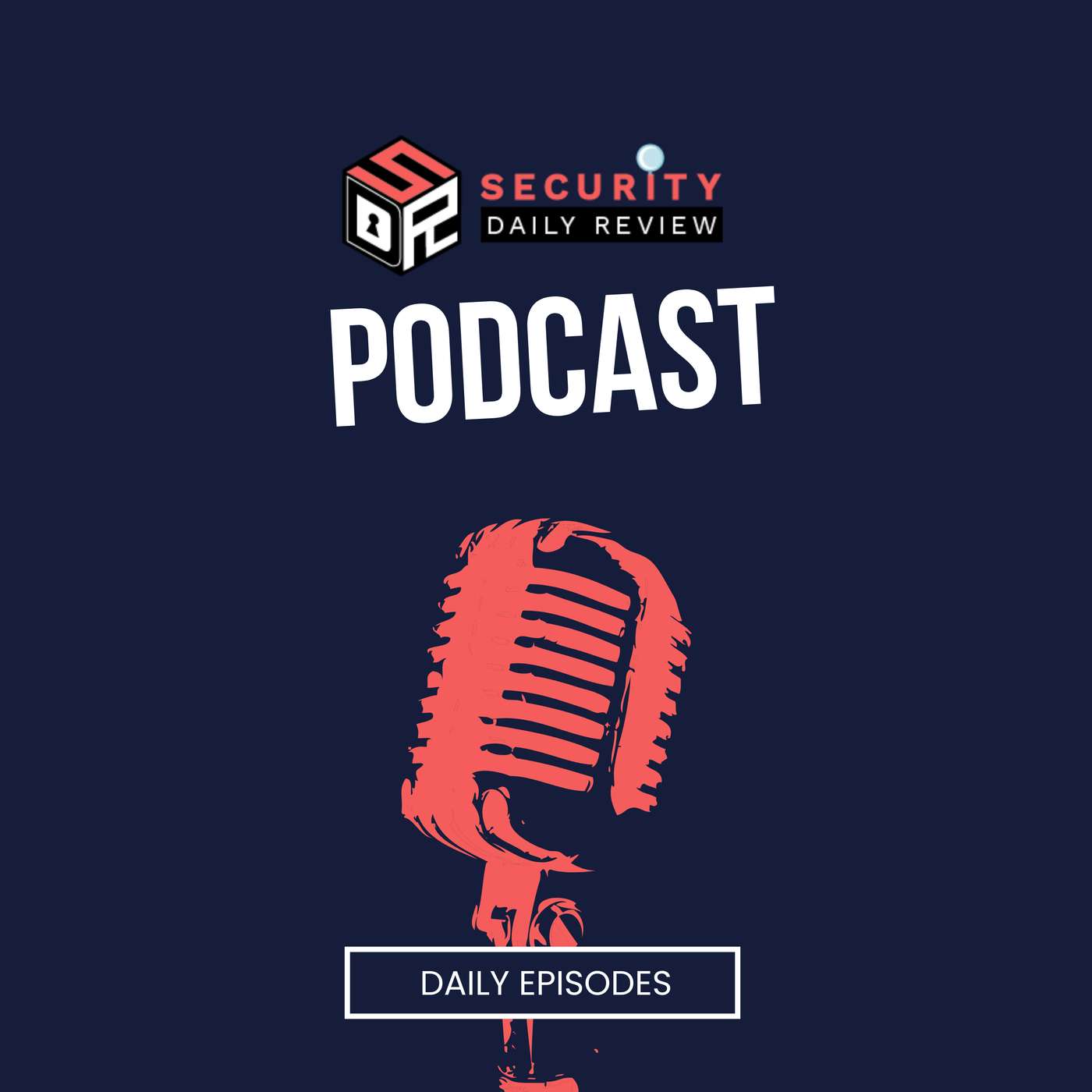Cyberattacks against supply chains are no longer isolated disruptions—they are systemic threats with the power to cascade across industries and nations. The recent ransomware attack on Data I/O, a chip programming firm whose customers include global giants like Apple, Microsoft, Amazon, and Bosch, demonstrates how one breach can disrupt manufacturing, shipping, and communications far beyond a single company’s walls. Like Colt Technology Services before it, Data I/O faced crippling operational outages, possible data exfiltration, and financial damage so significant it had to file disclosures with the SEC. These incidents reflect a broader trend: ransomware groups now combine system lockouts with data theft and extortion, raising both business and regulatory stakes.
This episode explores the growing risk of supply chain cybersecurity failures. Drawing on ENISA’s comprehensive survey and best-practice framework, we examine why many organizations still lack dedicated governance structures, budgets, or formal strategies for supply chain risk management. We’ll break down the risk management cycle—from vulnerability handling and supplier relationship management to quality assurance and secure product development—and discuss why companies must integrate these measures into enterprise-wide strategy, not treat them as afterthoughts.
Listeners will learn about the evolving regulatory landscape, including GDPR’s strict 72-hour breach notification rule, NIS2’s expanded coverage and accountability requirements, and the SEC’s push for transparent cyber incident reporting. We’ll also highlight the fundamentals of incident response planning (IRP)—preparation, simulations, stakeholder communication, blameless retrospectives, and continuous improvement—while emphasizing the importance of transparency and putting customers first in crisis communications.
From outdated legacy systems to resource gaps, from confusion over terminology to the challenge of state-sponsored attacks, organizations face a complex threat environment that can’t be solved by checklists alone. But proactive measures—robust supplier audits, data minimization, patch management, shared testing platforms, and stronger public-private collaboration—can make the difference between systemic collapse and resilience. The stakes are high: in 2024 alone, ransomware victims lost a staggering $16.6 billion.
This episode is a call to action for business leaders, regulators, and security professionals: supply chain security isn’t optional—it’s survival.
#Cybersecurity #SupplyChainSecurity #Ransomware #DataIO #ColtTechnology #ENISA #NIS2 #GDPR #IncidentResponse #IRP #DataBreach #CriticalInfrastructure #ManufacturingSecurity #OperationalTechnology #VulnerabilityManagement #RiskManagement







